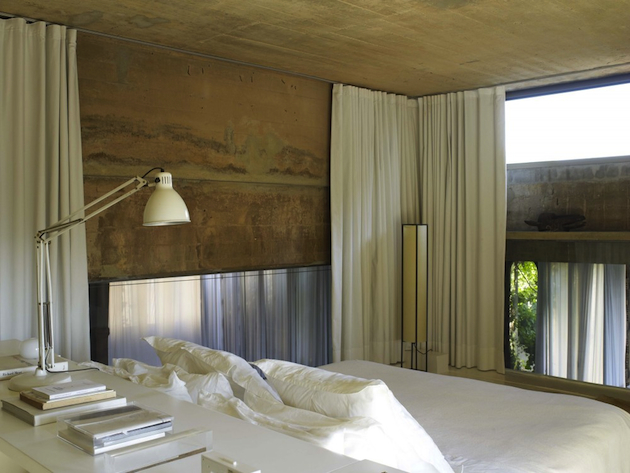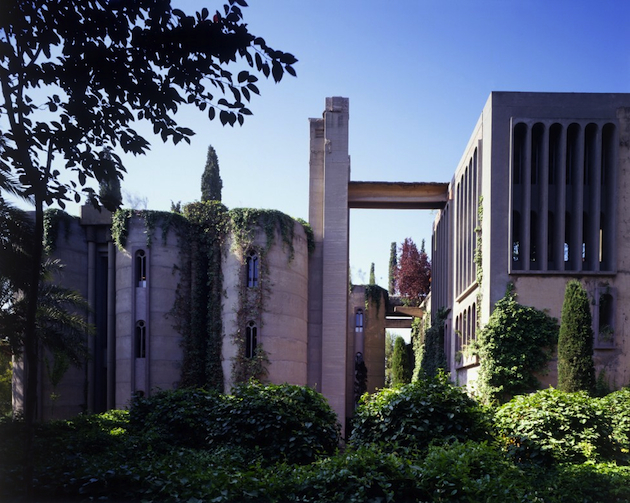
Originally an industrial complex dating from the turn of the century, with over 30 silos, subterranean galleries and huge machine rooms, the Factory by Ricardo Bofill turned an old cement production plant into the headquarters of his firm, Taller de Arquitectura. “The factory, abandoned and partially in ruins, was a compendium of surrealist elements: stairs that climbed up to nowhere, mighty reinforced concrete structures that sustained nothing, pieces of iron hanging in the air, huge empty spaces filled nonetheless with magic.” In fact, the story of Bofill’s factory is an incredible tale of a magnificent home that lies north west of Barcelona, Spain’s cultural and artistic capital.
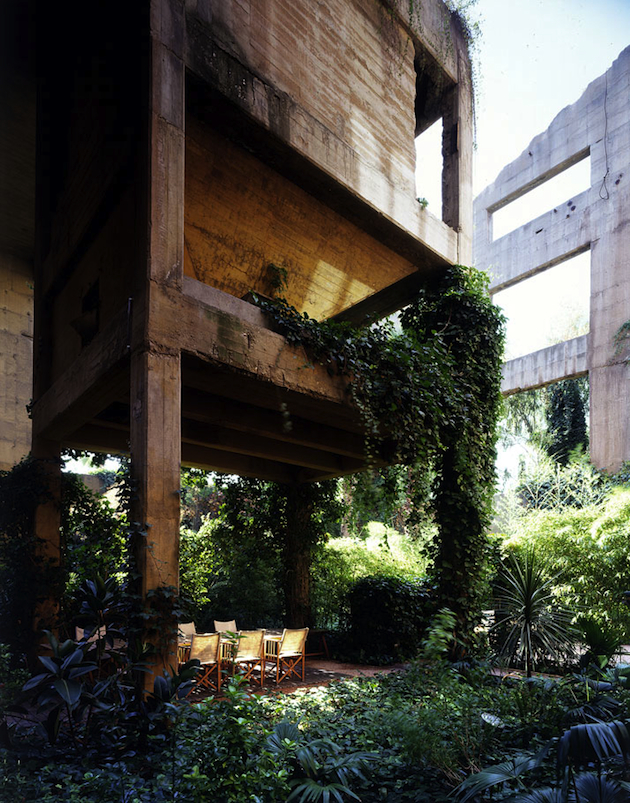
Turrets, archways and a wild, rampant garden: when Ricardo Bofill installed his living and working spaces amidst an abandoned cement factory in 1973, instead of restoring the industrial turn of the century monument in an overly clean manner, he turned it into a urban fairy tale castle. He left eight silos, which became offices, a models laboratory, archives, a library, a projections room and a gigantic space known as “The Cathedral”, used for exhibitions, concerts and a whole range of cultural functions linked to the professional activities of the architect. The complex stands in the midst of gardens with eucalyptus, palms, olive trees and cypresses, standing as evidence of the fact that an imaginative architect may adapt any space to a new function, no matter how different from its original use.
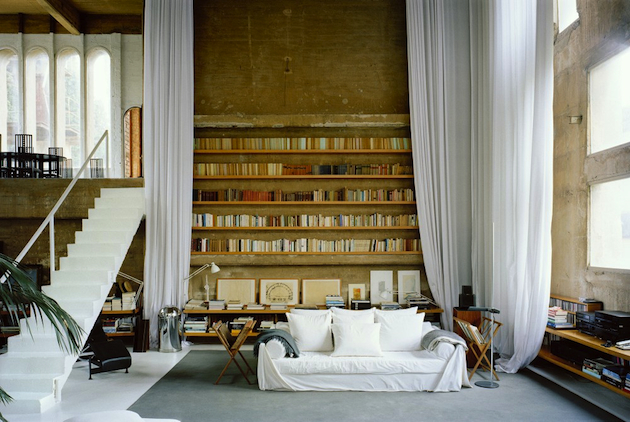
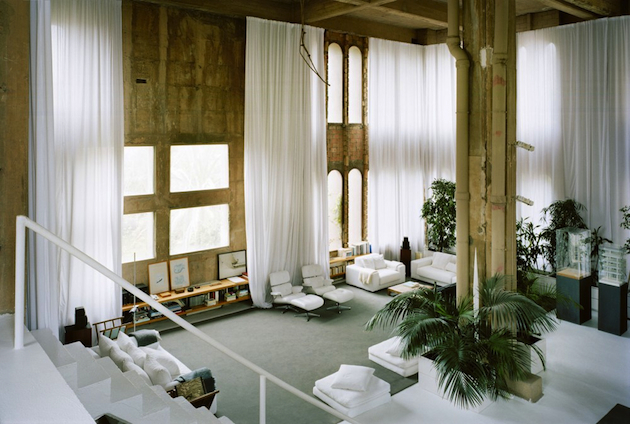
Draped in lush vegetation and offering an abundance of open spaces, this building is impressive not only in size but also in style. However, this was not always a scene of domestic bliss and creative outlet. This towering building once housed the industry that produces the material we use to create most modern structures – cement. Expansive ceilings and crawling green plants, make this restored factory building an architectural masterpiece with a great deal of charm, showing how a visionary architect might turn a long forgotten and disregarded space into a modern dream.
